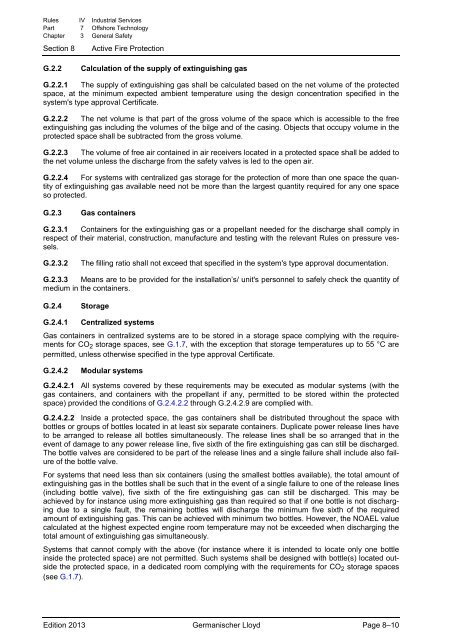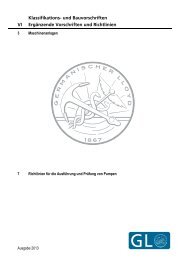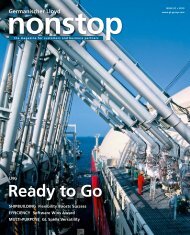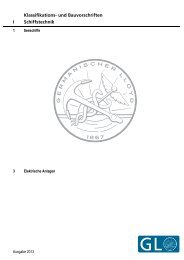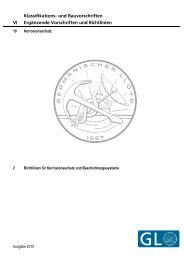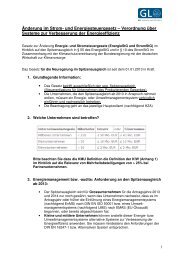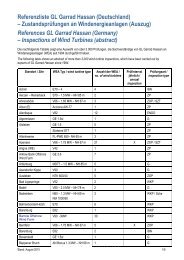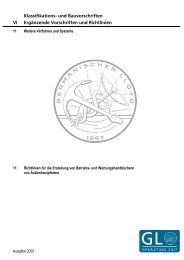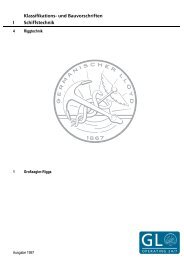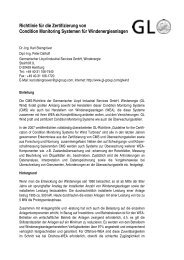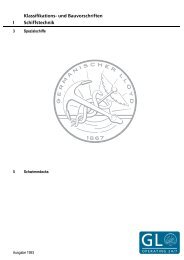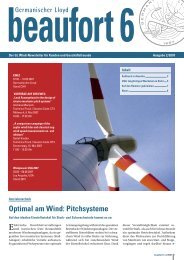(IV-7-3) General Safety
(IV-7-3) General Safety
(IV-7-3) General Safety
Create successful ePaper yourself
Turn your PDF publications into a flip-book with our unique Google optimized e-Paper software.
Rules <strong>IV</strong> Industrial Services<br />
Part 7 Offshore Technology<br />
Chapter 3 <strong>General</strong> <strong>Safety</strong><br />
Section 8<br />
Active Fire Protection<br />
G.2.2<br />
Calculation of the supply of extinguishing gas<br />
G.2.2.1 The supply of extinguishing gas shall be calculated based on the net volume of the protected<br />
space, at the minimum expected ambient temperature using the design concentration specified in the<br />
system's type approval Certificate.<br />
G.2.2.2 The net volume is that part of the gross volume of the space which is accessible to the free<br />
extinguishing gas including the volumes of the bilge and of the casing. Objects that occupy volume in the<br />
protected space shall be subtracted from the gross volume.<br />
G.2.2.3 The volume of free air contained in air receivers located in a protected space shall be added to<br />
the net volume unless the discharge from the safety valves is led to the open air.<br />
G.2.2.4 For systems with centralized gas storage for the protection of more than one space the quantity<br />
of extinguishing gas available need not be more than the largest quantity required for any one space<br />
so protected.<br />
G.2.3<br />
Gas containers<br />
G.2.3.1 Containers for the extinguishing gas or a propellant needed for the discharge shall comply in<br />
respect of their material, construction, manufacture and testing with the relevant Rules on pressure vessels.<br />
G.2.3.2<br />
The filling ratio shall not exceed that specified in the system's type approval documentation.<br />
G.2.3.3 Means are to be provided for the installation’s/ unit's personnel to safely check the quantity of<br />
medium in the containers.<br />
G.2.4<br />
Storage<br />
G.2.4.1 Centralized systems<br />
Gas containers in centralized systems are to be stored in a storage space complying with the requirements<br />
for CO 2 storage spaces, see G.1.7, with the exception that storage temperatures up to 55 °C are<br />
permitted, unless otherwise specified in the type approval Certificate.<br />
G.2.4.2<br />
Modular systems<br />
G.2.4.2.1 All systems covered by these requirements may be executed as modular systems (with the<br />
gas containers, and containers with the propellant if any, permitted to be stored within the protected<br />
space) provided the conditions of G.2.4.2.2 through G.2.4.2.9 are complied with.<br />
G.2.4.2.2 Inside a protected space, the gas containers shall be distributed throughout the space with<br />
bottles or groups of bottles located in at least six separate containers. Duplicate power release lines have<br />
to be arranged to release all bottles simultaneously. The release lines shall be so arranged that in the<br />
event of damage to any power release line, five sixth of the fire extinguishing gas can still be discharged.<br />
The bottle valves are considered to be part of the release lines and a single failure shall include also failure<br />
of the bottle valve.<br />
For systems that need less than six containers (using the smallest bottles available), the total amount of<br />
extinguishing gas in the bottles shall be such that in the event of a single failure to one of the release lines<br />
(including bottle valve), five sixth of the fire extinguishing gas can still be discharged. This may be<br />
achieved by for instance using more extinguishing gas than required so that if one bottle is not discharging<br />
due to a single fault, the remaining bottles will discharge the minimum five sixth of the required<br />
amount of extinguishing gas. This can be achieved with minimum two bottles. However, the NOAEL value<br />
calculated at the highest expected engine room temperature may not be exceeded when discharging the<br />
total amount of extinguishing gas simultaneously.<br />
Systems that cannot comply with the above (for instance where it is intended to locate only one bottle<br />
inside the protected space) are not permitted. Such systems shall be designed with bottle(s) located outside<br />
the protected space, in a dedicated room complying with the requirements for CO 2 storage spaces<br />
(see G.1.7).<br />
Edition 2013 Germanischer Lloyd Page 8–10


